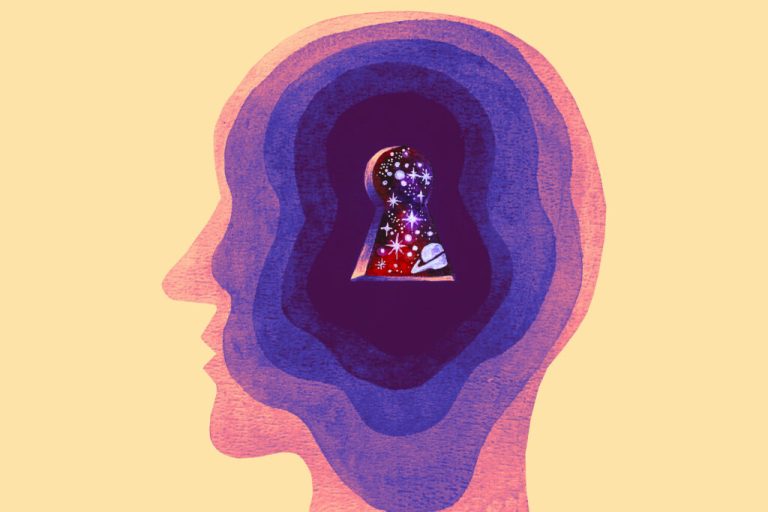We know that certain sounds can improve our overall mood when we’re conscious — but what about when we’re asleep? A recent study out of Switzerland suggests that specific frequencies played while sleeping can reduce the chance of nightmares.
It isn’t the sound specifically that may prevent unpleasant dreams, but instead a form of emotional conditioning similar to a Pavlov’s Dog experiment. University of Geneva researchers gathered 36 participants who experienced frequent, distressing nightmares, a condition called nightmare disorder. Those with the disorder suffer from “recurring nightmares that bring about notable distress in their daily life,” according to the Sleep Foundation, with most dreams occurring during the rapid eye movement (REM) stage of sleep.
“There is a relationship between the types of emotions experienced in dreams and our emotional well-being,” senior author Lampros Perogamvros said in a press release. “Based on this observation, we had the idea that we could help people by manipulating emotions in their dreams.”
Half of the participants were asked to imagine a “more positive ending” to their recurring nightmare while a specific sound frequency was played. They were then instructed to listen to that same frequency through headphones when they went to bed. When REM sleep occurred, usually within an hour of falling asleep, the people who received the sound therapy experienced fewer nightmares and overall more joyful dreams.
The other half of participants were only instructed to imagine a happy ending — an already established sleep experiment called imagery rehearsal therapy (IRT) — but did not listen to specific sounds while doing it. While both groups experienced a decrease in nightmares over time, those who enhanced their IRT treatment with sound frequencies reported a quicker decline.
“We observed a fast decrease of nightmares, together with dreams becoming emotionally more positive. For us, researchers and clinicians, these findings are very promising both for the study of emotional processing during sleep and for the development of new therapies,” Perogamvros said.
Researchers are now digging deeper into combined therapy approaches, suggesting that the method should be “trialed on larger scales and with different kinds of populations” to confirm its efficiency.












